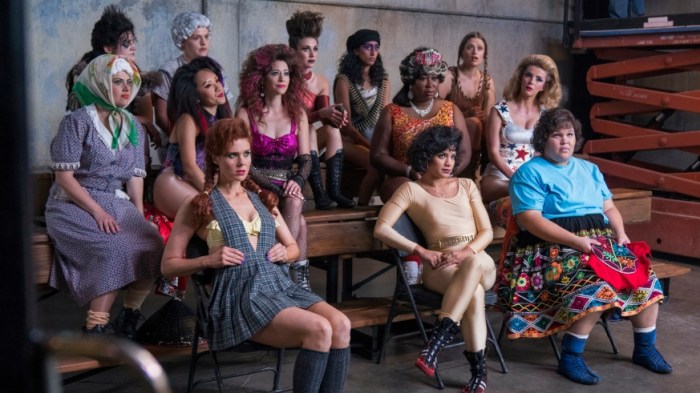With #MeToo gaining wide influence this year, the time has come where the women’s movement has truly reached the mainstream. We are witnessing a cultural moment where women, and men alike, are banding together to disrupt the existing patriarchy.
This weekend marks the anniversary of last year’s enormously successful Women’s March where millions of people all over the country took to the street to say “enough is enough” over issues such as equal pay for women and giving a chance for sexual abuse survivors to voice their stories.
We spoke with Dr. Patti Fletcher, a famed gender equity advocate, and author of the new book “DISRUPTERS: Success Strategies from Women Who Break the Mold”, to see how far the women’s movement has come since the march and where it should go as we enter the new year.
Focus on the message. No matter what.
In a New York Times article published earlier this week entitled “One Year After the Women’s March, More Activism but Less Unity”, they outlined how the separate activist groups associated with the movement have split it’s message into different fractions and have therefore weakened its impact.
Fletcher believes that this kind of narrative can only be detrimental to the current Women’s movement. “Whenever we go for alignment and consensus, we never win,” she explains, “Let’s get past the ‘why’ and get into the ‘how’.”
So in order to not let this important movement lose steam as we head into the one year anniversary of the women’s march, we need to stay focused on the message.
Keep in mind – Even men can be disrupters too
Although many women experience horrendous situations in their male-dominated workplaces, and everywhere else in their daily lives, Fletcher believes that the movement should make space for more “woke” men who are looking to make a difference.
“We need to be role models and say that this not a women’s issue, this is a human issue. Role modeling this issue is not only inviting men to the table but making room for them. With the momentum of the march, there are so many more men that are talking about this topic and doing things differently now because they get it.”
What’s next? How about their wallets?
So now that the movement has become so strong in numbers, what can women do to accelerate the changes they would like to see going forward? Well, if there is anything that the people who are perpetuating this patriarchy can really understand, it’s money.
Fletcher believes that if women organize a boycott to draw attention to their demands, the world will have no choice but to take notice.
“In most geographies, women are at least 50 percent of the population and, at least in the United States, women are responsible for up to 90 percent of all consumer buy decisions,” Fletcher explains, “so it’s really important as citizens that can vote and as people with purses who can decide whether these products fail or not, and with social media, we have this incredible collective voice. We have power and now we are learning how to be in power.”
This year’s Women’s March will be held this Saturday with demonstrations planned around the country. Show your support and get involved!






















